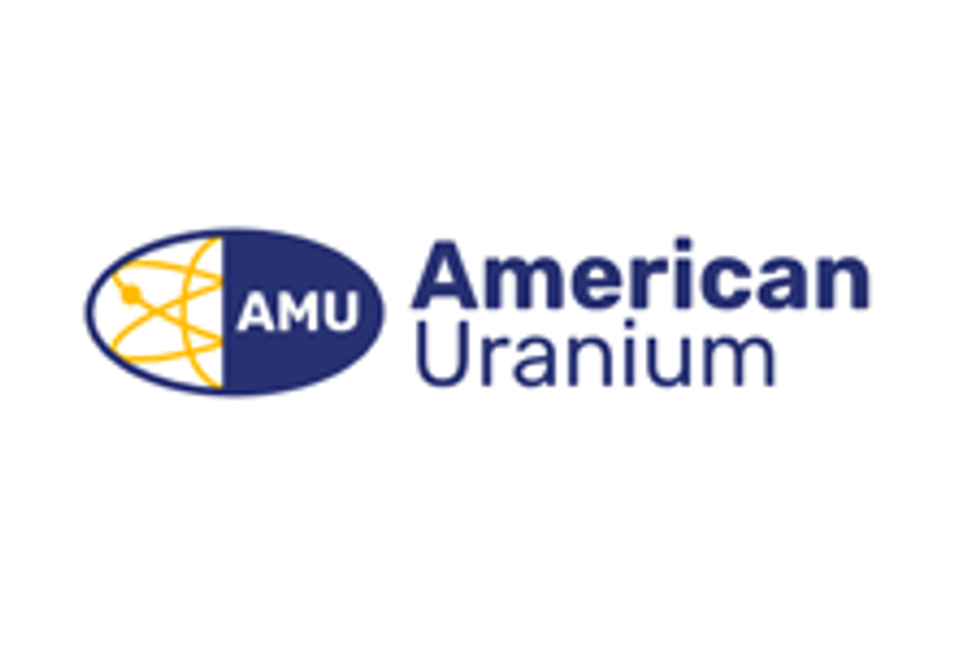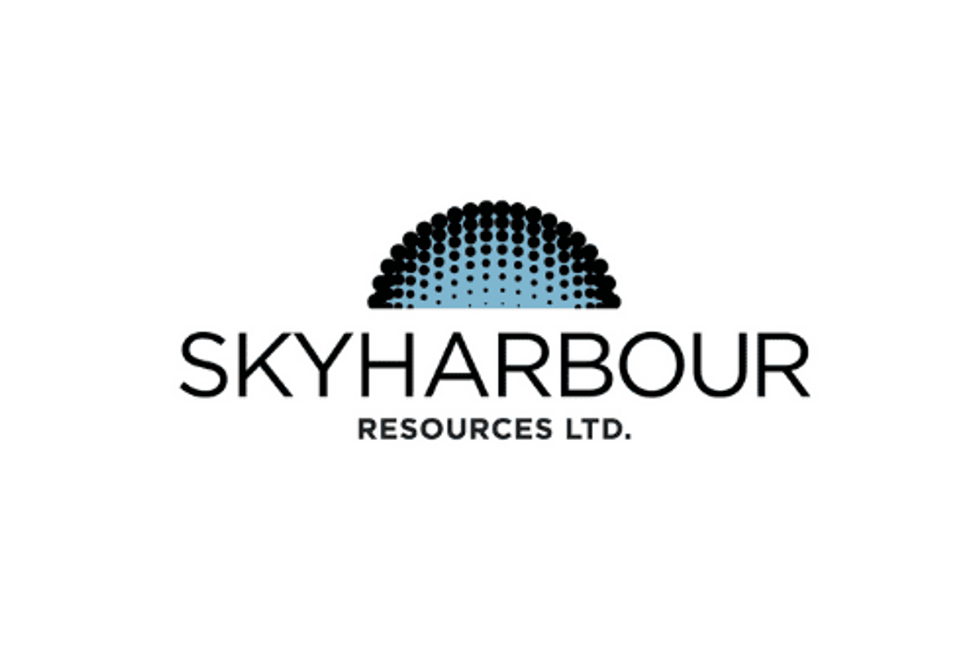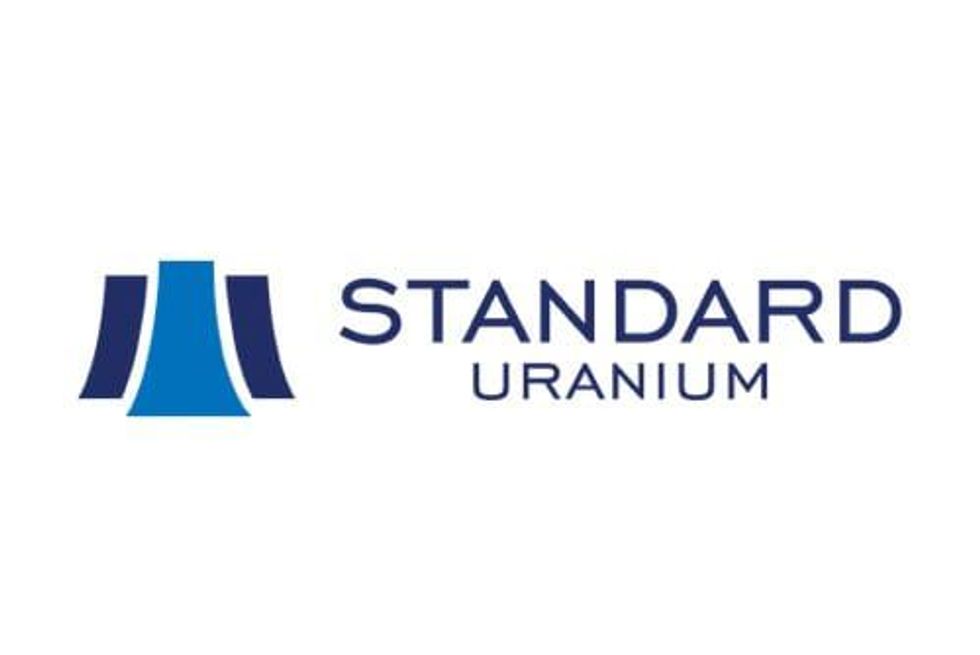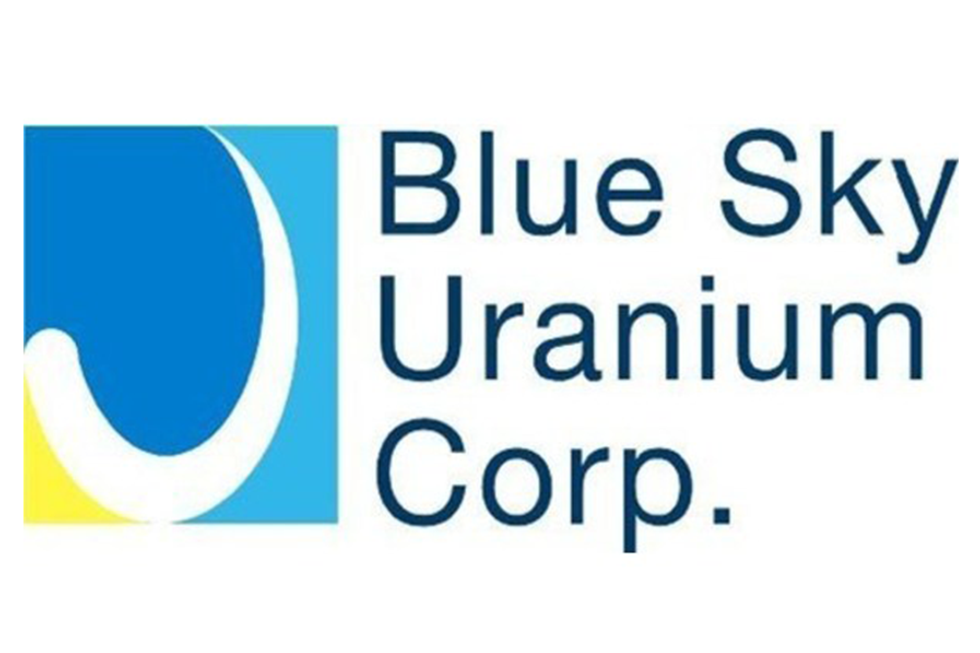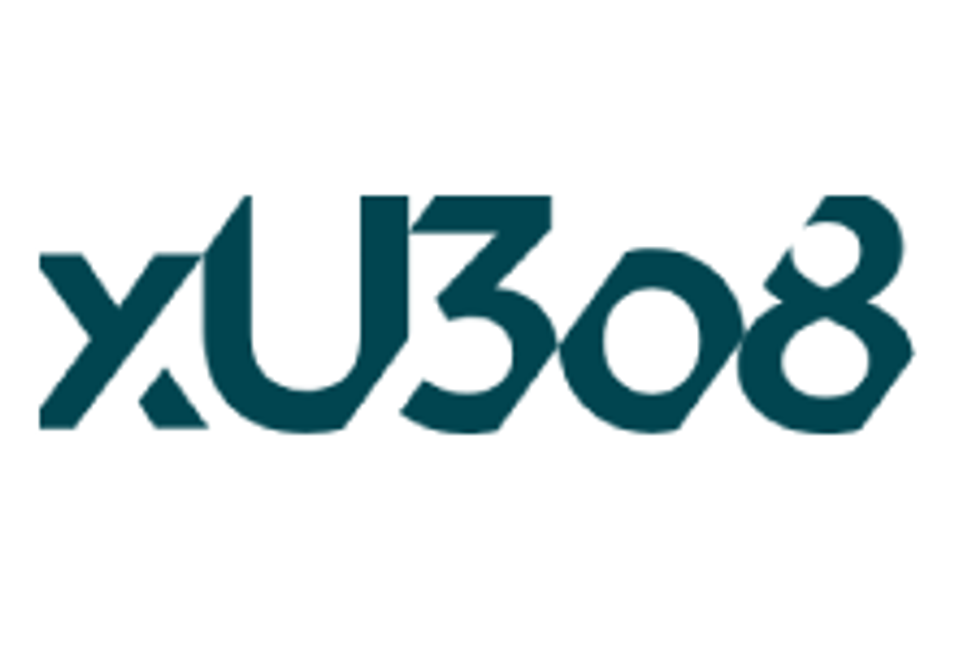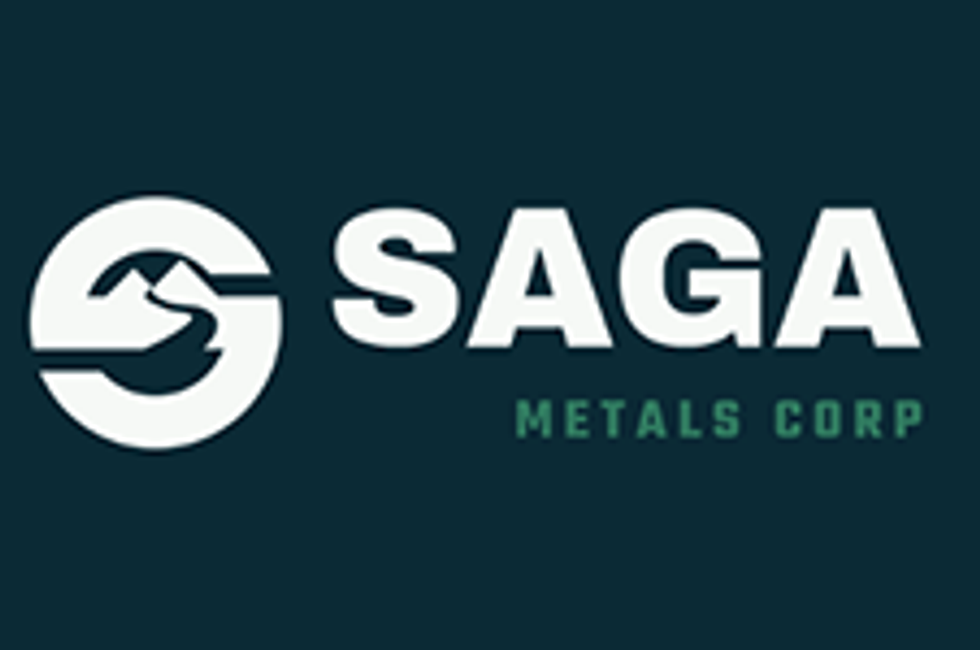Anatolia Energy announced Tuesday that it has commenced a drilling program at its Sefaatli uranium prospect in Turkey.

“Gezi parkı – Flickr – Burak Su (100)” by Burak Su – Gezi parkı. Licensed under CC BY-SA 2.0 via Wikimedia Commons.
Anatolia Energy (ASX:AEK) announced Tuesday that it has commenced a drilling program at its Sefaatli uranium prospect in Turkey, with the intention of moving it toward a JORC-compliant resource and thus adding to the 13.3 million pounds of U3O8 already defined at its nearby Temrezli deposit.
Anatolia recently completed a capital raising of AU$6 million, and thus is fully funded for the near term, with roughly $1.5 million of that amount being allocated to Sefaatli and the remainder being directed to progress the project as a whole into the feasibility phase.
Background information
The project area was originally identified and worked by the Turkish government in the 1980s, with mineralization at both Temrezli and Sefaatli being identified, but not taken to an internationally compliant resource level. Anatolia acquired the project and came to the market in late 2011 via an IPO. Despite low uranium prices, some funds were raised and work commenced, with drilling being focused on Temrezli, the larger of the two prospects, and resulting in the definition of a JORC-compliant resource of 5.2 million tonnes at 1,157 ppm U3O8, for 13.3 million pounds of U3O8.
The deposit remains open, but the resource was sufficient to justify the effort of a preliminary economic assessment (PEA). The completed PEA points to a 1-million-pound-per-year operation that will run for 10 years at a very low cash operating cost of US$22.30 per pound U3O8; that amount was subsequently reduced to $20 per pound with additional metallurgical testing. Several weeks ago, the company released early results from hydrogeological studies, and while preliminary in nature they indicate that the mineralized strata are indeed stratigraphically confined, and therefore suitable for in-situ recovery methods of extraction.
The company is therefore now embarking on two related activities. It is continuing to advance Temrezli with a target of completing a preliminary feasibility study in Q4 2014, and also drilling out Sefaatli as a satellite deposit.
Geology overview
Both Sefaatli and Temrezli are roll front or sandstone uranium deposits, which are formed due to uranium’s solubility. Despite being 20 kilometers apart, they are essentially two parts of the same mineralized system. A large uranium-bearing granite to the northwest of the deposits has been brought near to the surface and exposed to the weathering effects of air and water. The contained uranium has been dissolved in oxidized groundwater and washed away through the surrounding porous sandstones to the southeast of the granite. This groundwater has then encountered organic material within the sandstone, triggering a chemical change causing the uranium to precipitate and accumulate into economic grades. Temrezli and Sefaatli represent the two locations along the margin of this granite where the required stratigraphic conditions have so far been found to have occurred.
Roll front deposits currently make up over half of the world’s total production, dominated by material coming out of Kazakhstan. They vary widely in size, but can form the basis of very low-cost operations as no actual mining takes place in the sense of moving rock or soil. If the uranium-bearing sandstone bed is suitably contained between non-porous sedimentary horizons, then the uranium can be extracted by in-situ leaching, whereby dilute acidic or alkali solutions are pumped into the strata; they dissolve the uranium, with the pregnant solution being pumped out downstream for later recovery. The process is very cheap, well proven and reasonably environmentally benign, but requires a specific set of hydrogeological conditions, conditions that Anatolia will now be focused on quantifying in coming months.
Moving forward
The uranium price remains on a slow path to recovery post Fukushima, but there is some way to go before the industry can begin to return to strength. Anatolia, however, seems to have one of the few new projects that should be economic at current prices; it also has the benefit of being located in a country committed to establishing a nuclear power industry, and thus may have comparatively clear permitting path.
Securities Disclosure: I, Brad George, hold no investment interest in any company mentioned in this article.
Brad George is a geologist by trade, and has spent over 25 years working in the mining industry around the world in a variety of capacities. Primarily focused on exploration, Brad has gained extensive experience in iron ore, base metals and gold on five continents. He has extensive experience in the management of public resource companies.
Upon completing an MBA, Brad spent several years in London as a partner in a boutique brokerage house, developing a franchise as a rated mining and metals analyst. Brad now resides in Perth, Western Australia.
